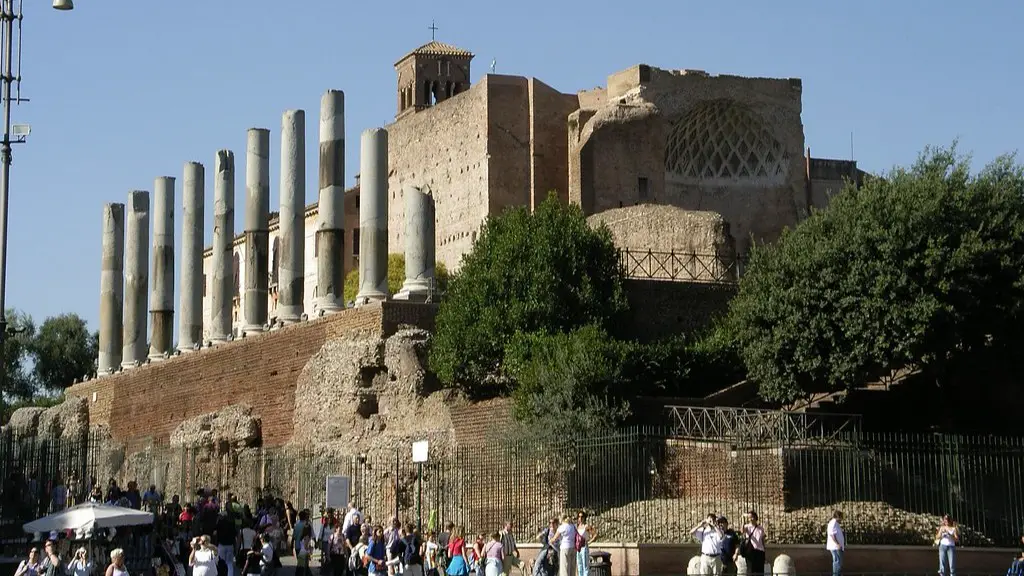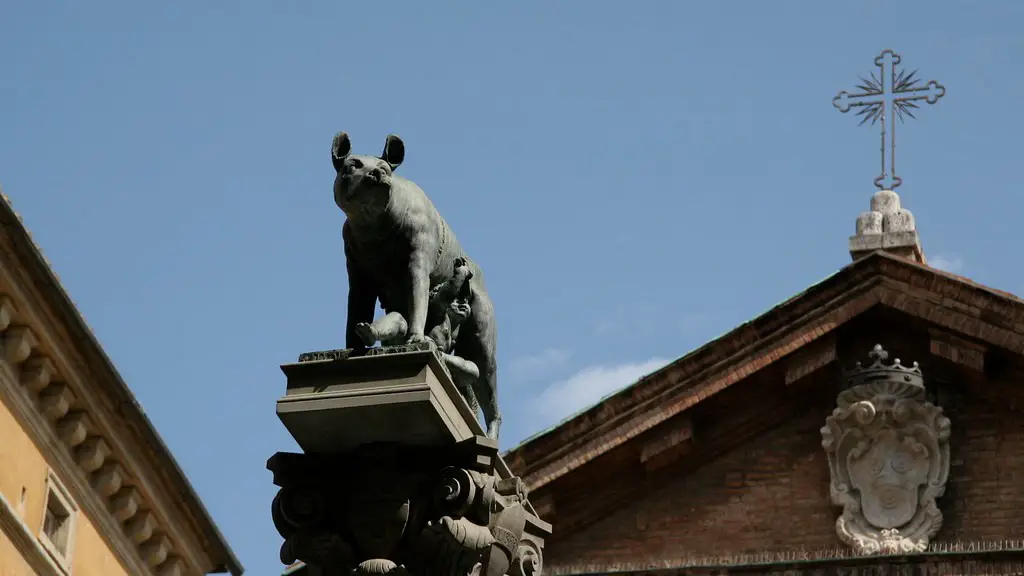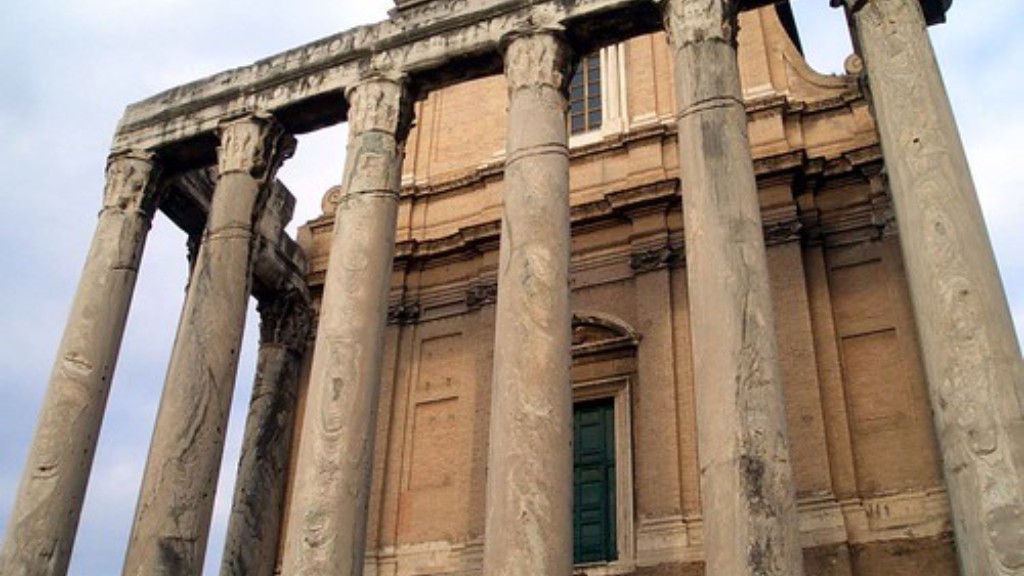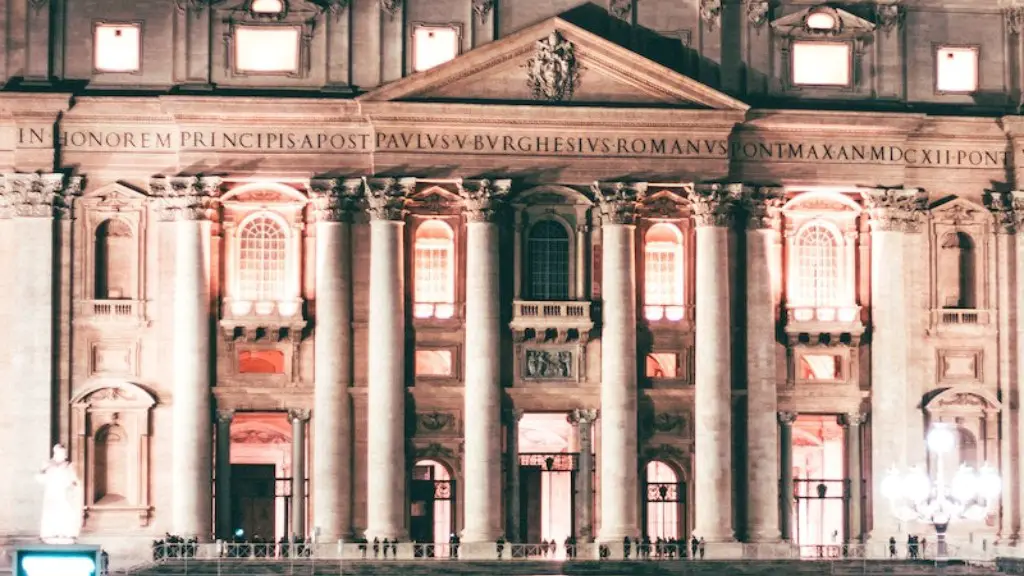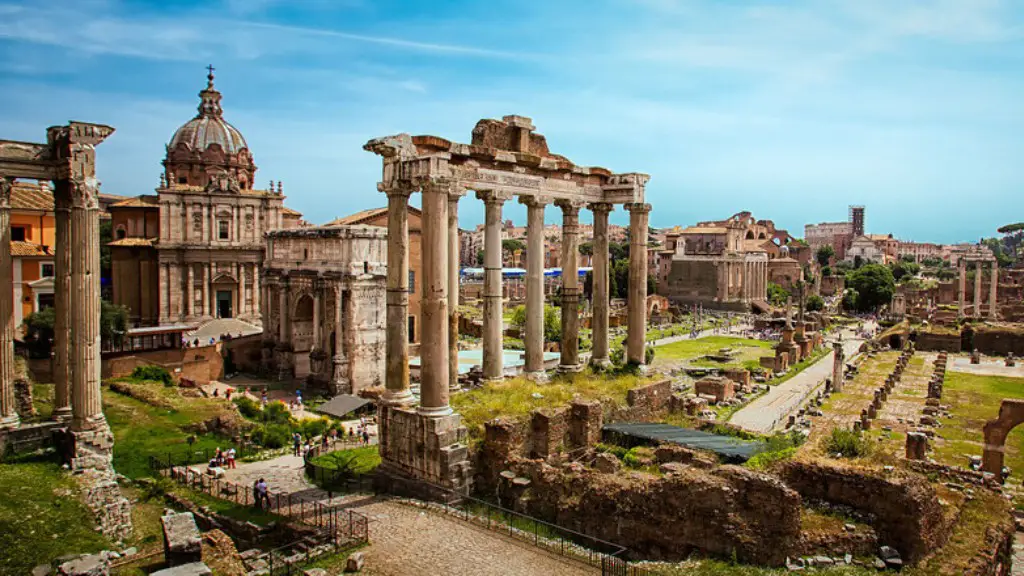When one thinks of Ancient Rome, what typically comes to mind are images of powerful Roman soldiers, the mighty Roman Empire, or grandiose Roman architecture. What sometimes gets forgotten is that the Roman way of life has heavily influenced the Western world in countless ways. From our government and law to even our calendar and language, Ancient Rome’s impact can still be felt today.
The Roman Republic was founded in 509 BCE, and grew steadily in both power and influence. Rome became an empire in 27 BCE under Augustus Caesar, the first Roman emperor. The Roman Empire reached its height under Emperor Trajan, who ruled from 98-117 CE. As an empire, Rome was very expansive, and its reach extended far beyond the Mediterranean. Roman culture, art, literature, language, and architecture have all had a significant and lasting impact on modern life.
How did ancient Rome impact the world today?
Roman law was one of the most influential legal systems of all time. Many modern-day legal concepts can trace their origins back to Roman law. Ideas like trial by jury, civil rights, contracts, personal property, legal wills, and corporations all have their roots in Roman law. Even countries that don’t have Roman law as their primary legal system often incorporate some of its concepts into their own laws. The Roman way of looking at things has had a lasting impact on the development of law and justice around the world.
The Constitution of the United States was heavily influenced by the Roman Republic. The Founders borrowed many features from the Roman constitution, including the checks and balances between the different branches of government, the bicameral legislature, and the concept of term limits. In some cases, they even borrowed specific terms from the Roman constitution, like “senate,” “capitol,” and “committee.”
What 3 Roman contributions still influence our lives today
The Romans were a major force in shaping the world as we know it today. They introduced many things that we take for granted, such as fast food, advertising, trademarks, plumbing, and sanitation. They also helped to develop towns, roads, and our calendar.
The ancient Romans were a people known for their military, political, and social institutions. They conquered vast amounts of land in Europe and northern Africa, built roads and aqueducts, and spread Latin, their language, far and wide.
What did Rome make that we use today?
The Roman Empire was responsible for a number of inventions and innovations that have had a lasting impact on the world. Here are 10 of them:
1. Cement: The first type of cement was developed by the Romans and used in the construction of the Colosseum and other iconic buildings.
2. Aqueducts: The Roman aqueducts were an engineering marvel and allowed for the transport of water over long distances.
3. Roads: The Roman road system was one of the most advanced of its time and helped to facilitate trade and transportation.
4. Social care and welfare: The Roman Empire was one of the first societies to develop a system of social care and welfare.
5. Julian Calendar: The Julian Calendar, introduced by Julius Caesar, is still used in many parts of the world today.
6. Elements of surgery: The Romans were responsible for a number of innovations in surgery, including the use of anesthesia and surgical instruments.
7. Elements of the modern legal system: The Roman system of law was the basis for many of the legal systems in use today.
8. Newspapers/public press: The first newspapers were developed during the Roman Empire and helped to dissemin
The advent of America’s executive, judicial, and legislative branches were directly derived from the Ancient Roman model. In times of peace, the executive branch of the ancient Rome comprised two consuls, elected by Roman landowners for 1 year terms. These consuls acted as both the head of state and head of government, presiding over the Senate and commanding the Roman army. The judicial branch was made up of a system of courts, with the Senate having the power to impeach Roman officials. The legislative branch was the Roman Senate, which was made up of aristocrats.
How did the Romans improve people’s lives?
The Roman legacy is still very evident in Britain today. Many of the roads and towns that were built by the Romans are still in use today. The impact that the Romans had on Britain was profound and has shaped the country that it is today.
The durability and impressive design of Roman architecture has made it a lasting influence on buildings throughout the world. Roman roads, buildings, arches, and aqueducts are still standing today over 2,000 years after they were built. This is a testament to the skill of Roman engineers and architects in creating structures that are both functional and aesthetically pleasing.
Why is the fall of Rome important today
It’s often said that the fall of the Roman Empire was one of the greatest disasters in history. But I would argue that, in fact, it was the best thing that ever happened. Why? Because the collapse of Rome freed Europe from the rule of a single power.
Before the Roman Empire, Europe was a collection of small, warring states. But after the empire fell, those states were able to flourish on their own, developing their own cultures and customs. Without the Roman Empire, Europe would not be the rich and diverse continent it is today.
The Romans have had a profound and lasting impact on the world that we live in today. Many of the things that we take for granted, like the buildings we live in and the way we heat them, the sewage system that we use, the roads that we travel on, some of the wild animals that we see, religion, the words and language that we speak, how we calculate distances and numbers, and even the money that we use to pay for goods, were all introduced by the Romans. It is truly remarkable to think about how different our lives would be if it were not for the contributions of the Roman Empire.
How has ancient civilization contributed to today’s society?
Most part of contributions made/ legacy by ancient civilizations – as writing system, ancient architecture, philosophy, mathematics, astronomy and medicine, and others – has already been pointed out by RG colleagues.
The Roman empire was built on concrete. The invention of cement made it possible to build huge arches and domes that were stronger than stone. Concrete was also used to build more than 50,000 miles of roads, which helped unify the empire. Aqueducts carried water from the countryside to the city, making it possible to sustain a large population.
What did the Romans contribute to society
The Acta Diurna were early Roman newspapers that contained official texts detailing military, legal and civil issues. These texts were written on metal or stone and then posted in heavily trafficked areas like the Roman Forum. The Acta Diurna were an important way for the Romans to contribute to public discourse and keep the public informed about the latest news and developments.
Ancient Rome was one of the most powerful empires in the world for centuries. It contributed greatly to the development of law, war, art, literature, architecture, technology and language in the Western world. Its influence can still be felt today in many aspects of western culture.
How is modern day America similar to Ancient Rome?
There are many similarities between Ancient Rome and America, including the laws, literature, and building structures. Even the idea of clean water was borrowed from the Romans. Without these clever ideas, America would not be the same. In many ways, the society has been affected by a touch of Ancient Rome.
It is amazing how many aspects of Roman law and the Roman Constitution are still used today. These include concepts like checks and balances, vetoes, separation of powers, term limits, and regular elections. Many of these concepts serve as the foundations of today’s modern democratic governments. It just goes to show that the Romans were way ahead of their time and that their legacy still lives on in many ways.
What are 3 achievements of the ancient Romans that have influenced American culture today
The Ancient Romans were great architects and builders. They are known for their arches and water systems. The arches were used to keep bridges strong and the water systems brought fresh water to the cities and towns.
The ancient Romans have been credited with many accomplishments that have benefited the modern world. Some of the key contributions include systems of law and government, architecture, literature, and language. Even though the Roman Empire fell centuries ago, we are still reaping the benefits of their legacy.
Final Words
Rome has affected our lives in many ways. One way is through the Roman alphabet, which is the alphabet we use today. Another way is through Roman law, which is the basis for many modern legal systems. Additionally, Roman architecture has influenced the way we build today, and Roman art is still admired and copied. Finally, the Roman empire was responsible for spreading Christianity, which is the religion of billions of people today.
The Roman Empire was one of the largest empires in history and its influence is still felt today. Many of the modern-day countries were once part of the Roman Empire and the legal, political, and pottery systems that were put in place during that time are still used today.
